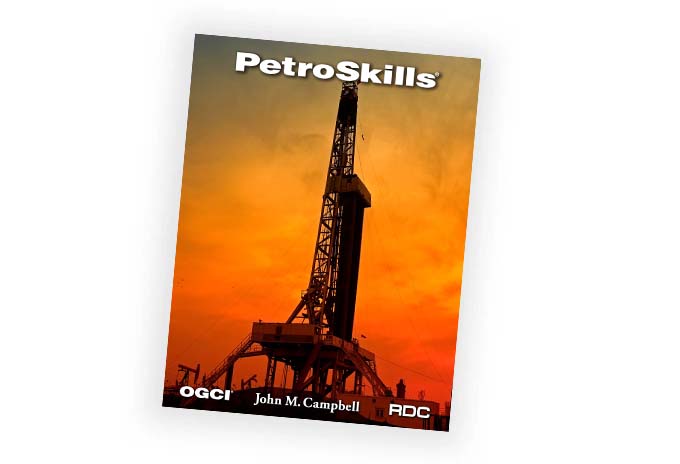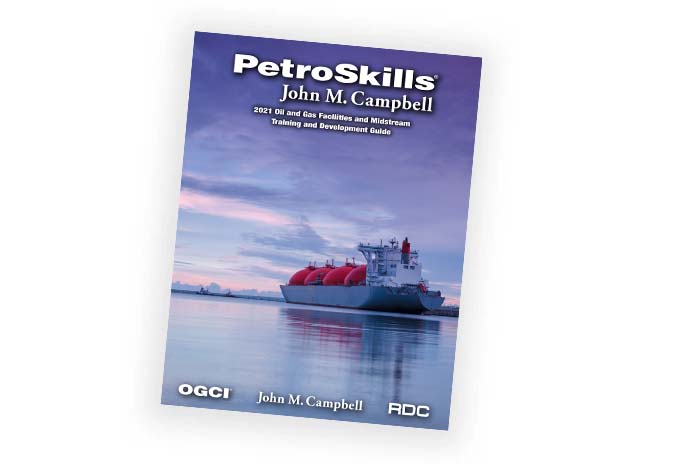Pipeline Engineering, Construction, and Operation - PEP - eLearning series
About the Course
Duration: Approximately 20 hours of self-paced, online work.
The Pipeline Engineering Principles Program represents the integration of all the skills associated with planning, evaluation, design, construction, operation and asset integrity through asset retirement and abandonment, applied to onshore and offshore pipelines.
The Program covers typical pipeline life cycle activities, starting with the definition of the need for the pipeline, sizing parameters, route selection, environmental concerns and protection, followed by design requirements, strength requirements, construction activities through commissioning. The Program then covers the operating life of the pipeline, including maintenance and leak detection, monitoring and integrity, repair, replacement and alteration activities, leading to retirement and abandonment.
The design aspect of the Program focuses on meeting the pipeline capacity requirements while complying with all strength code requirements and environmental protection codes and regulations. For offshore pipelines, these include on-bottom stability, spanning requirements and shore crossing design, applying the most suitable construction methods for the challenge encountered.
Target Audience
Pipeline project managers and engineers, operations and maintenance supervisors, regulatory compliance personnel, and other technical professionals with 1-3 years of experience in natural gas, crude oil, refined petroleum products, LPGs, NGL, chemical, carbon dioxide pipeline engineering, construction, operations, or maintenance. This course is intended for participants needing a broad understanding of the planning, development, construction, start-up, and operating and asset integrity management of onshore pipelines.
You Will Learn
Participants will learn how to:- Describe the risks and consequences of pipeline incidents by type of service and location
- Define High Consequence Area (HCA) and list the impacts on pipeline design and operation
- List the primary pipeline defects and the required repair methods for each
- List the specialized materials, supplies, and equipment that may be required for emergency repairs
- Explain the variety of definitions for decommissioning, idling, and abandoning pipeline facilities
- Define monument, benchmark, longitude and latitude
- Define basic requirements of surveying and describe how points on the earth are uniquely defined relative to the rest of the world
- Define how global positioning systems (GPS) and remotely sensed imagery have modernized surveying techniques over the last 20 years
- Describe methods and inherent difficulties for subsea surveying
- Describe the basic surveys required for pipeline design, construction, and operations
- Describe the impact of geographic information systems (GIS) on pipeline surveys, drawings, and maps
- Describe the functionality of Web / internet resources (such as Earth/Map) for the pipeline engineer and operator
- Describe the critical issues in routing a pipeline
- Compile a list of critical route selection criteria, and identify potential “fatal flaw” situations, including public safety aspects of pipeline construction, operations, and maintenance; and environmental considerations of pipeline construction, operations and maintenance
- Describe the role GIS plays incurred pipeline route selection and how Web / internet resources can assist
- Describe advantages/disadvantages of using existing corridors
- Define why population/occupied building density must be consider in pipeline routing
- Explain the background of US environmental legislation, especially the National Environmental Policy Act, and similar legislation around the world
- Describe some of the history and politics behind the creation of environmental policy
- Compare and contrast US environmental policy and legislation with that of other energy producing nations
- Explain how US environmental legislation is implemented by regulating agencies
- Describe the major aspects of environmental assessments and environmental impact studies
- Describe the impact of environmental protection laws on pipeline design, permitting, construction, and operations
- Describe the process in producing an EIS – Environmental Impact Statement in compliance with NEPA
- Describe from historic cases studies how:
- Role of media reporting and public perception of incidents may drive responses both short and long term
- Events affect the general public, the operator, the industry and regulators
- Being a linear facility often of considerable length and in multiple jurisdictions, renders control of pipeline facilities more difficult
- Transparent and exposed pipeline activities are subject to public scrutiny
- Describe the physical properties and fluid flow characteristics of hydrocarbon gas and liquid
- Define the application and importance of conservation of energy, conservation of mass, and equations of state to determining hydraulic behavior
- Determine flow friction coefficients
- Apply volumetric flow equations for natural gas and liquid flows
- Calculate power required for pumping liquid and compressing natural gases
- Define the key parameters for pump station locations based on hydraulic profile and compressor station locations
- Estimate the pressure from a surge condition in a liquid pipeline and define methods to control
- Describe the impact of system pressure on volumetric flow rate, diameter, friction losses, and compression power in gas pipelines
- Define pack and draft operational methods for system hydraulic operation to meet flow and pressure requirements
- Describe multiphase flow characteristics
- Define slugs and describe strategies to deal with slug events
- Describe the computation approaches and the uncertainties of multiphase flow analysis
- List the key flow assurance considerations for pipeline systems
- Describe the importance of temperature management, uses of insulation, and the challenges of design, installation and operation of insulation / heat tracing systems
- Describe the fluid characteristics, flow assurance issue and methods to manage for Hydrates, Wax / Paraffinic Fluids, Multiphase Flow, Scale
- Describe the similarities and differences between the ASME 31.4, ASME B31.8, and ISO 13623 with respect to calculating and determining acceptance of pressure related stresses
- Define the contributing factors for longitudinal stress and where these would likely occur based on Pressure, Bending, Axial Loads, Thermal/Pressure Expansion
- Describe the stresses occurring during offshore pipelay operations and the differences and similarities in between S-Lay, J-Lay and Reel Lay
- Define and describe application of Tie-in/installation temperature, Ground temperature, Pressure end effects,
- Soil/Support Frictional Resistance
- Describe the hydrodynamic and soil resistance model for pipeline stability
- Define the differences between, Point and Body stability, Static stability Dynamic stability
- Define the issues for pipe stability and integrity when in a free (unsupported) span in water and in air
- Describe the equipment and facilities that constitute, along with the pipeline, a pipeline system, including: Pump and compressor stations, Storage, Metering, Launchers and receivers, Valve stations, Utilities
- List facilities/components that would typically be found in: Field gathering systems, field injection systems, Crude oil systems, Natural gas systems; Refined product systems, NGL products systems, distribution systems
- Company and Contractor responsibilities during the construction phase onshore pipelines in the US
- The options for contracting the major pipeline projects onshore and the factors that determine which method is used
- The key activities during onshore pipeline construction
- The major tasks during each major construction activity
- Environmental effects of construction in the short term and long term
- Company and Contractor responsibilities during the construction phase offshore pipelines
- The options for constructing offshore pipeline projects and the factors that determine method used
- The key activities and major tasks during offshore pipeline construction
- Differences for welding and inspection between offshore and onshore pipelines
- The need for and basic processes of trenching and burial
- Challenges and solutions for shore crossings, including Horizontal Directional Drilling, and riser installations
Course Content
- Pipeline Operations and Maintenance, Leak Detection, Repairs, Alterations, and Abandonment
- Pipeline Routing and Geomatics
- Compliance and Pollution Events and Environmental Impacts and Assessments
- Pipeline Hydraulics and Flow Assurance
- Pipeline Strength, Stability, and Environmental Considerations
- Pipeline Pump and Compressor Stations and Terminals
- Pipeline Construction
Product Details
Categories:
MidstreamDisciplines:
Pipeline EngineeringLevels:
FoundationProduct Type:
CourseFormats Available:
On-DemandInstructors:
Additional
Request a Public Session
If you are interested in a public session of this course, please click the button below to request it.
Request Public SessionIn-House Training
This course is also available upon request as a private, on-site seminar. Contact us for details and pricing.
Request In-House TrainingNeed Help
Contact us if you have additional questions about how to register for or attend this course.
Contact Us



